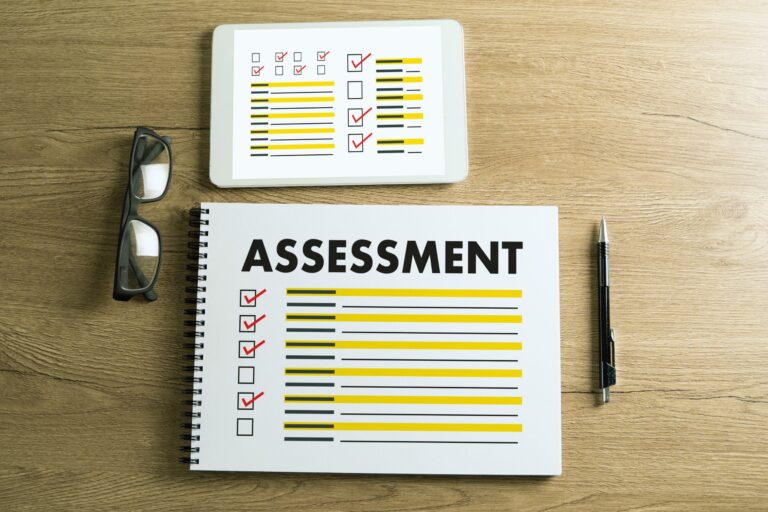Practical Scenarios for Teaching Financial Decision-Making
One of the most effective ways to teach financial literacy is through real-world, practical scenarios that mirror the everyday financial decisions people face. By presenting learners with scenarios they can relate to, educators can help them understand how financial principles apply in daily life. This approach makes financial education more engaging and allows students to actively participate in their learning process. Through the FINMAN+ project, we aim to equip educators with the tools to implement these practical scenarios in their classrooms.
Practical scenarios in financial decision-making can range from budgeting for a monthly household, to deciding whether to take a loan or save for a purchase. For example, learners might be asked to plan a budget for a month, considering expenses like rent, utilities, groceries, and entertainment. They could also simulate the process of choosing between using a credit card or saving up for a big purchase, weighing the pros and cons of each option. These exercises encourage critical thinking and help learners make decisions that align with their long-term financial goals.
By using these scenarios, educators can teach not just theoretical financial concepts, but also the real-world consequences of different financial choices. The FINMAN+ project’s comprehensive methodology integrates such practical exercises, ensuring that learners not only understand financial principles but are also prepared to make informed decisions in their own lives. By bridging the gap between theory and practice, these scenarios make financial literacy both accessible and relevant, giving learners the confidence to take control of their financial futures.






